We Cover the Waterfront:
conversations with VA alumnx, faculty and guests
Alumnx Profile: Judy Walgren (W 16)
Judy Walgren is a Pulitzer-prize winning journalist, photo editor and executive producer. Presently, she works and teaches in the Michigan State University’s School of Journalism as the associate director and professor of practice for photojournalism and new media. She lives in Williamston, Michigan.
Previously, Walgren was the director of photography at the San Francisco Chronicle and photography instructor at DeAnza, Foothill and CCSF Community Colleges in the Bay Area, as well as an instructor in the public education program at SFAI. She has also worked on visual staffs at The Dallas Morning News, The Rocky Mountain News and The Denver Post.
Her research explores the semiotics found within visual archives and methods to disrupt bigotry by filling in gaps and expanding cultural narratives.
In the Summer of 2022, during her education abroad program in Kenya, Walgren will be working with Everyday Projects and the Everyday Africa photographers .
Can you talk about how the exhibition at MSU, We Are Worth Everything: Survivors as Themselves, came about and your role in the project?
This exhibition came about because of my experiences at VCFA while working on my MFA in Visual Art. Before attending VCFA, I was working as a photojournalist, photo editor and director of photography for large news organizations—operating under the assumption that community-engaged or social practice approaches to my work would go against the ethics of journalism. We were expected to feign objectivity and separation—both of which are impossible given the intimate nature of my work. Now I know, without a doubt, that objectivity is unattainable and that not offering for someone to provide feedback on their image, when at all possible, can also be viewed as unethical—especially because many of the communities I have been so fortunate to engage with are different than the ones I was born into.
My time studying at VCFA gave me the language, history, and theories on which I could base my approaches to my work, such as my desire to work in collaboration with people and communities. Now that I am working in a journalism school, I am really excited to marry my journalism and artistic practices—retaining the notions of journalism ethics such as to do no harm, not creating or “faking” situations or events then portraying them as reality, capturing events as they unfold, not asking people to repeat actions and so on, while drawing on the ethical approaches that were introduced to me while working on my MFA such as collaboration, informed consent, personal interrogation of privilege and power, and the like. So, when I was hired at MSU in the Summer of 2018, I knew that I wanted to work with the Survivors who stood up to the monster that sexually abused them and try using these new approaches.
I started researching visual media coverage of the Survivors online and was confronted by two distinct sets of images: images of traumatized women speaking in a courtroom to the judge and their abuser and images from the ESPN ESPY awards ceremony where many Survivors dressed in formal evening wear stood together on a stage. They had been invited to receive awards for their courage. I wondered what would be the images that fell in-between being visually represented as a traumatized person and on the other hand as a stunningly beautiful, gorgeously dressed beauty? Human beings are so much more complex, and our identities are intersectional, not fixed. There was also this notion of gender that kept emerging, the engenderment of trauma. How could I augment the formidable digital, visual archive of Survivors of sexual violence starting with this specific group? How could I support these courageous beings to portray themselves?
I was put in touch with one of the Survivors who runs the private Survivor Facebook page and she posted about my idea and an invitation for anyone who wanted to participate with my contact information. I subsequently worked with nearly forty people to create portraits together and then thirty images were chosen for the exhibition; We Are Worth Everything: Survivors as Themselves. I share copyright with each of the people I collaborated with because they were as much a part of creating the images as I was and they deserve autonomy over their images. They can circulate their images independent of my approval, however, I must ask them for permission to exhibit and/or publish the images. I put the onus on myself, which is an ongoing and very powerful exercise for me.
What were some of the collaborative features of the project?
I worked with each Survivor to decide where their photos would be shot, how they wanted to present themselves and then how those things fit into the notion of what they wanted to say through the image. Some wanted to work in our tiny studio, another wanted to work in a garden, and a few chose to work in their childhood bedrooms. Once we decided on the location and the theme, we would shoot a few images, look at them and then shoot some more. Afterwards, together we would choose one or two images that could be displayed and published.
I’m now working with anyone who has survived sexual violence who wants to collaborate. I really think this notion of identity and sexual violence are very intertwined and it also connects with the work that I’ve just done over the course of my career. If there is ever anybody who wants to work on this project with me, I will do it until I cannot hold the camera anymore. When those I collaborate with see their images, they’re always moved in some way, and that moves me deeply, every time.
Where does collaboration fit into your practice as an artist and an educator?
That’s a great question. Collaboration fits into every aspect of my life, really, and it was my time at VCFA that unlocked that realization for me. I have always been attracted to projects that involve some aspect of social justice which require collaborative approaches. Artist and educator xtine burrough, who is also a VCFA program graduate (VA 01) and a full professor at the University of Texas at Dallas, invited me to collaborate with her on a book that we just wrapped up: Art As Social Practice: Technologies For Change. We’ve brought twenty-seven different artists together who use various forms of technology, along with community-engaged work, for an anthology to be published by Routledge Press in 2022. After xtine saw my work at a visual communications conference where I presented the first ten portraits from the Survivor collaboration series, she asked if I would join her on the book project. Of course I said “Yes,” and am eternally grateful to have had the opportunity to work closely with someone who I deeply respect and who inspires me. We co-edited the book, as well as contributed chapters about our socially engaged approaches to our work. xtine is a genius.
As far as education, the pedagogical approach I take with my students is collaborative, peer-oriented and peer-driven. I’m providing a framework that eradicates the notion of “Professor as genius” and positions the students as co-instructors. I am trying very hard, especially right now during this on-going pandemic, to empower them and to show them that they have agency in the world, in their lives, and with their decision-making processes. I feel like our students are going make great strides in our evolution as human beings because of their acute empathy and their experiences with the COVID outbreak and the #metoo and Black Lives Matter movements. I am so thankful they are here.
Do you think artists are necessary to resistance movements?
Early on, before I started at VCFA, I went to lunch with a well-known photojournalism educator, and he told me that if I got an MFA I was going to ruin my career and contaminate my journalistic integrity. He said that I could get a master’s in anything but art. That conversation convinced me that I needed to get that MFA. Visual artists—we are the resistance. We create the work that articulates the need for change and/or illuminates the change that is here. Our work instigates or provokes change; it suggests, shouts, screams about what needs to change.
I think about Wangechi Mutu’s work, Cauleen Smith’s work, Glenn Ligon’s work, LaToya Ruby Frazier’s work, Viet Le’s work, Mike Cloud’s work. Mike Cloud was a visiting artist for one of the residencies and his artist talk blew my mind apart. He had physically taken apart one of Annie Leibovitz‘s books and then put it back together and hung it on a wall. Before VCFA, I had always been very controlled in my thought processes and aware of the journalistic norms that governed my existence. Suddenly, my brain exploded. Viet Le’s guidance did the same thing. His feedback and mentorship shattered multiple ways of knowing for me—some of which I am still grappling with. Faculty members had me read books that deepened my understanding and awareness in ways that I had never really explored. One book, Edward Said’s Out of Place: A Memoir, had a profound impact on me, as did Jack Halberstam’s The Queer Art of Failure.
Because of the incredible artist-mentors and faculty at VCFA, I was finally able to understand why the straightforward photojournalistic pathways, processes and mythologies never really made sense to me. I was able to embrace the feeling of not perfectly fitting in anywhere. And it’s a huge relief to be ok with that reality and to work from that place.
How have your experiences as a student at VCFA shaped your current practice?
As I have noted, the VCFA experience was life changing for me. I remember being at my Grad review with artists Cauleen Smith and Viet Le – and crying the whole way through it. There was so much that I wanted to say, but I was literally overwhelmed by the rush of emotions led by profound gratitude for their guidance and support. For my final project I visualized years of chaos, rage, and grief and what was there in front of me were the realities that had haunted me for decades—and still do, today.
During the MFA exhibition, people attending from the public sought me out to say that they appreciated what I was saying with the work, which was huge for me to hear. There were no captions, no story that was published with the images displayed. The photos were either from my domestic archive, were appropriated, or were borrowed from friends who were photojournalists. None were made from my own camera.
My MFA experience has also deeply affected my pedagogical approaches, especially around the ethics of photojournalism. With my students, I explain that as photojournalists, we can’t recreate events or actions, we can’t make people do things unless we are making portraits and then the process needs to be collaborative and thoughtful. I ask them to think about ethical representation and engagement and what that looks like for both them and for the people they are photographing. I take time to discuss what the emotional impact that their work might have on themselves and on those who view it. None of these subjects were highlighted when I was in school studying to be a photojournalist.
In the first class, every time, we talk about the mythology of objectivity. We discuss implicit bias and how to uncover and identify these biases in ourselves. And I never say that because you come from one culture then you can’t hang out and work with another culture, but I do stress the need to collaborate, to listen, to work together to find our collective truths. We talk about how the act of understanding, even interrogating your privilege, affects the power dynamic present in all interactions. Having the knowledge, the language and the forum to pass these ideas forward to upcoming visual storytellers is truly a gift, and one that I will never take for granted.
What are you listening to, reading, watching, looking at?
- Listening: Seeing White
- Reading: The Body Keeps the Score: Brain, Mind and Body in the Healing of Trauma by Bessel van der Kolk and Blind Spot by Teju Cole
- Watching: Love is the Message, The Message is Death by Arthur Jafa and this talk between Saidiya Hartman & Arthur Jafa at the Hammer Museum
- Looking: at the work of Raymond Thompson Jr.
Do you have any food or drink obsessions lately?
I am obsessing on finding fresh uni in the middle of Michigan and on whether or not I should quit drinking coffee again…
What three skills do you think are necessary for a human to navigate and participate in the world?
Empathy, Resilience, Reflexivity
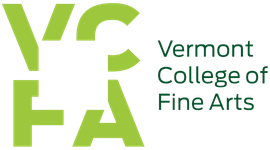
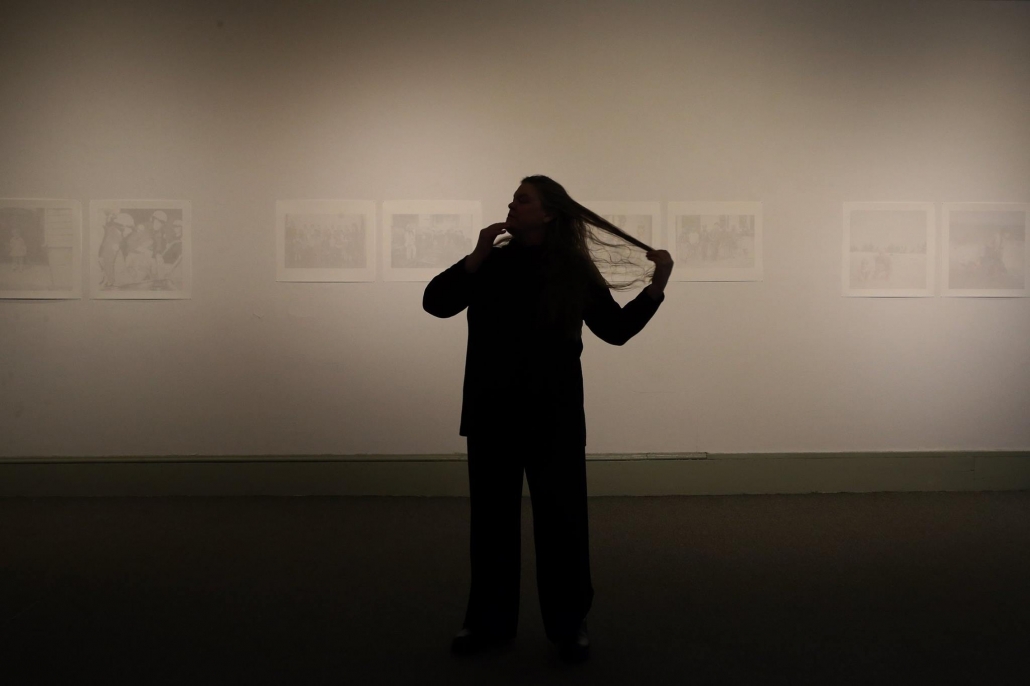
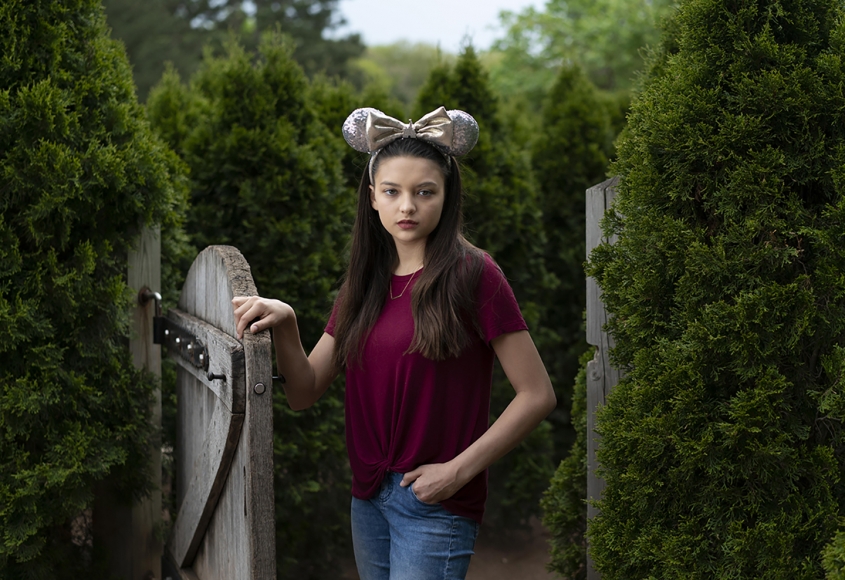
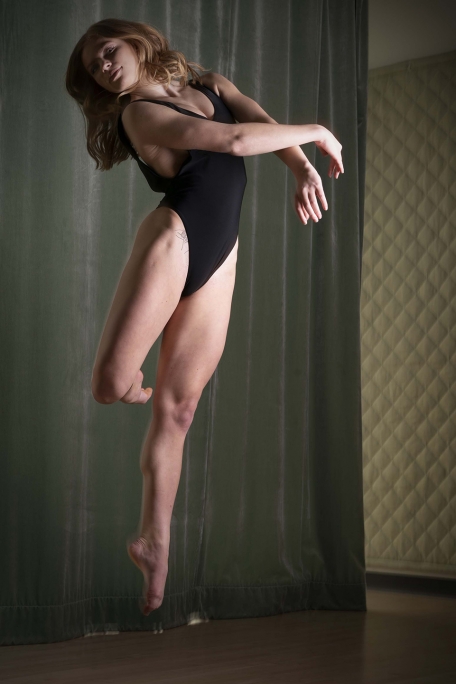
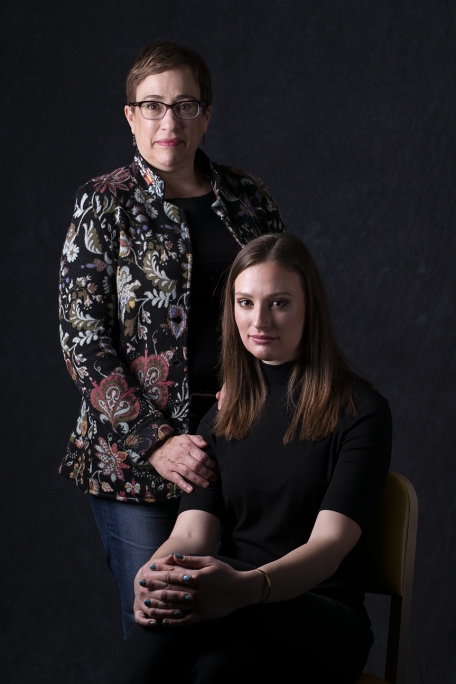
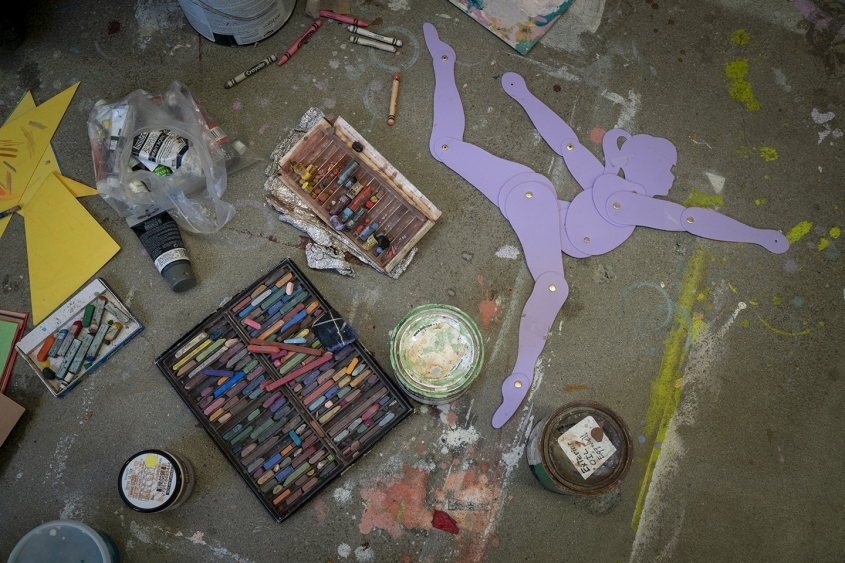
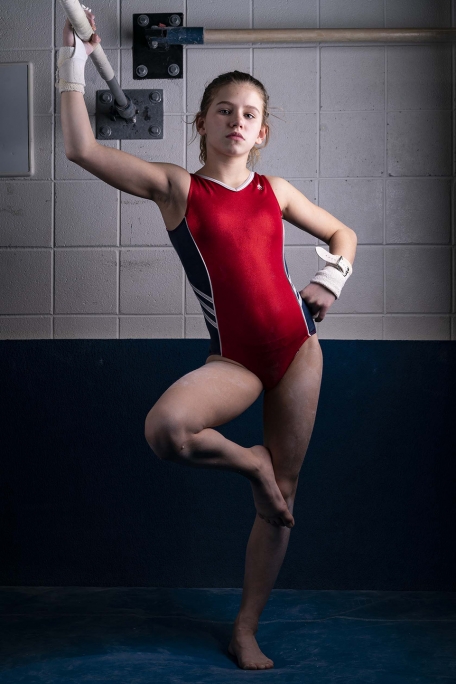
 Alumnx: Brian Narus (W20) Port Orchard, WA, United States
Alumnx: Brian Narus (W20) Port Orchard, WA, United States Maiyan Linane (W 22)
Maiyan Linane (W 22)